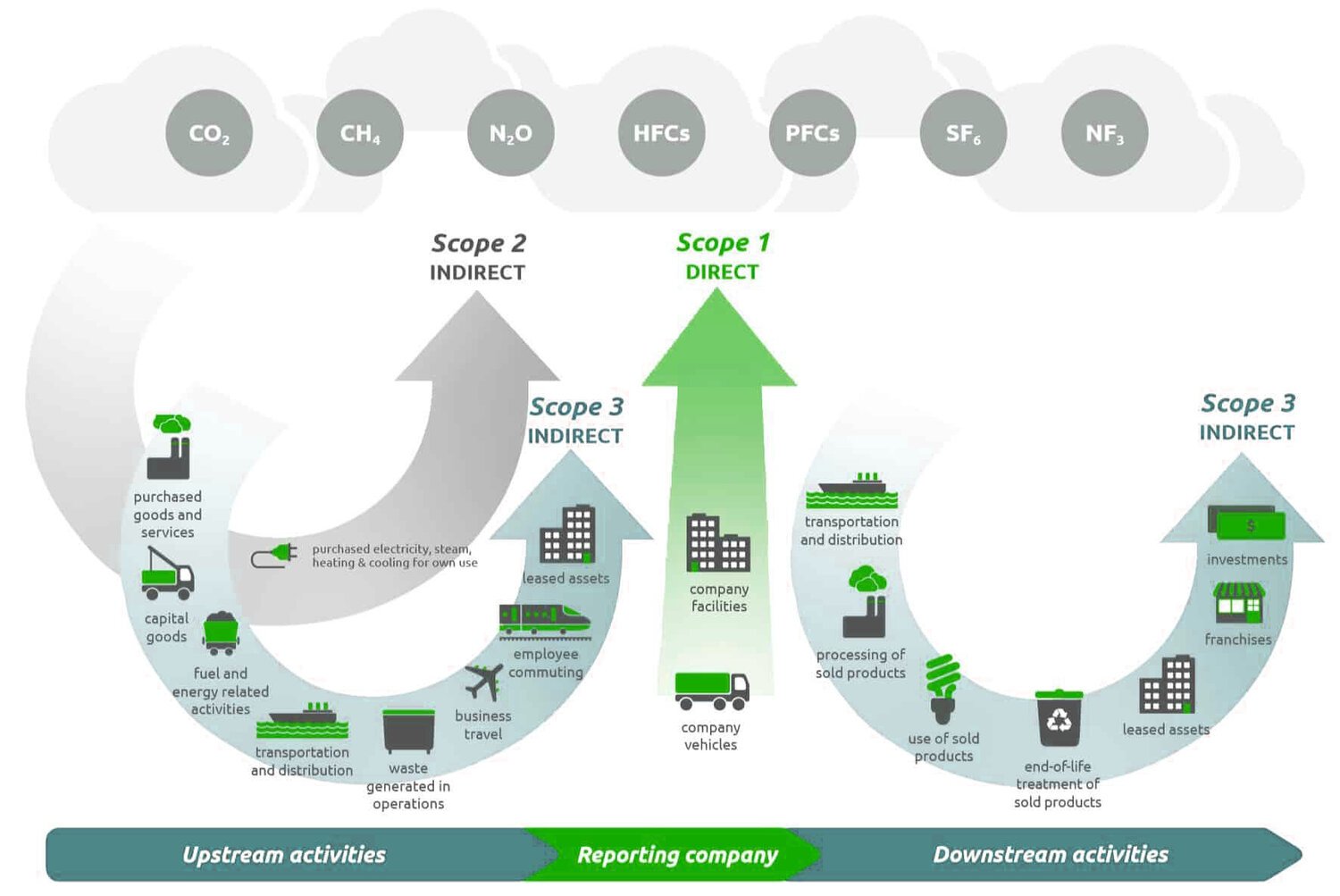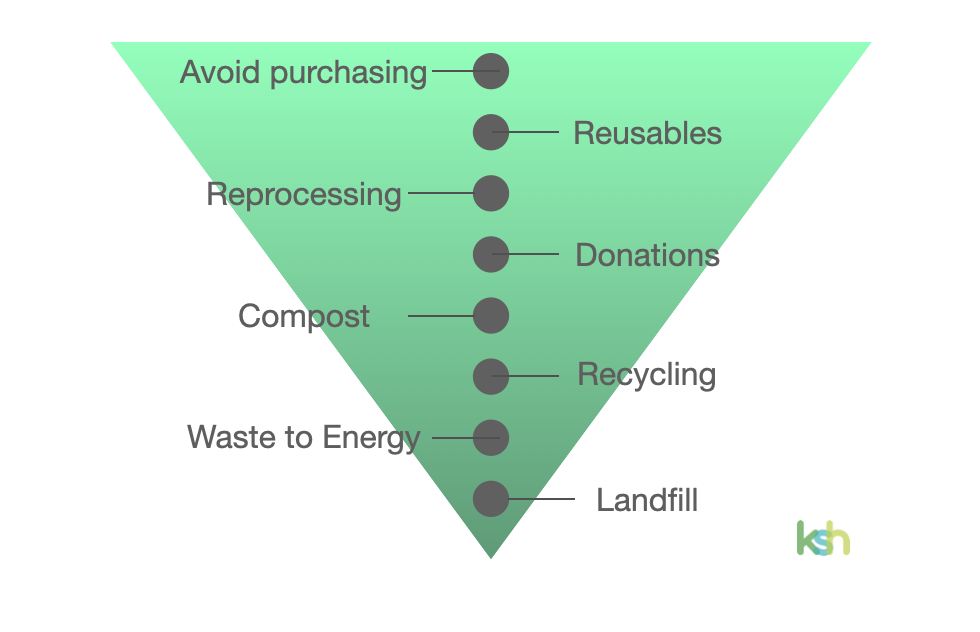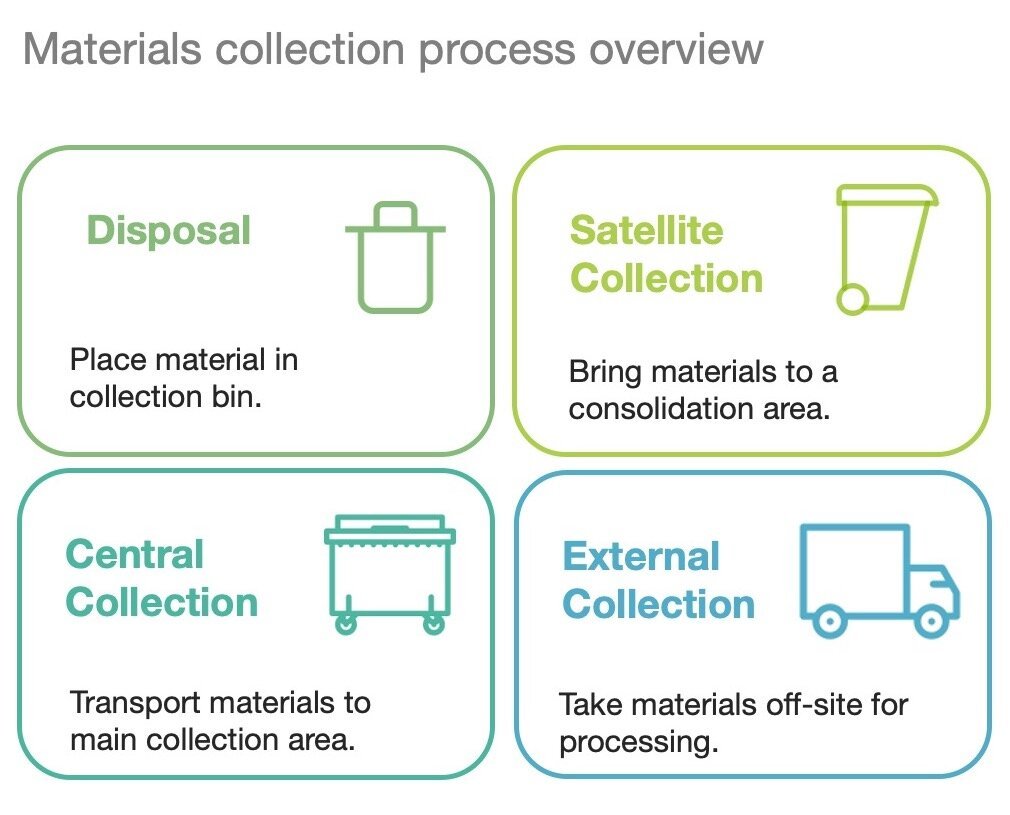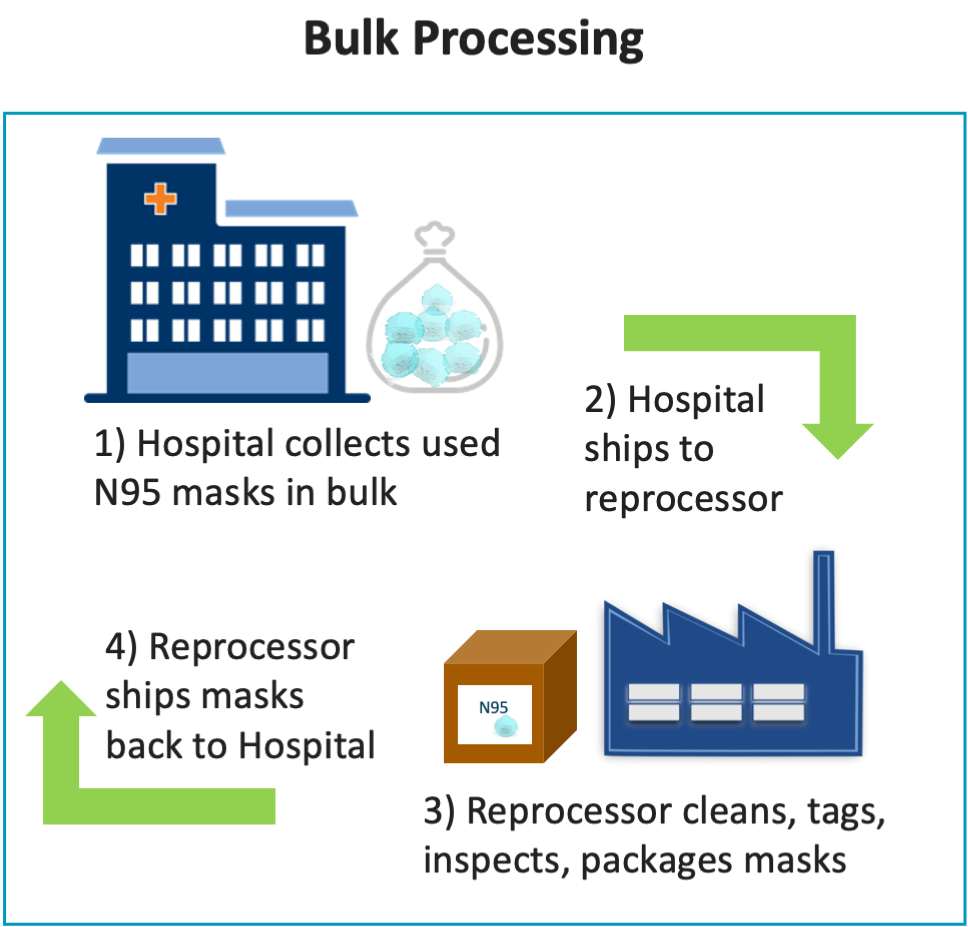
How to Leverage Practice Greenhealth’s 2025 Environmental Excellence Awards for Your Health System
The 2025 Practice Greenhealth Environmental Excellence Awards application is now open (Nov 4). This tool can help your health system achieve your sustainability goals. One of the key benefits is the opportunity to review award questions and data requests with stakeholders throughout your organization. This provides shared understanding of criteria for a best-in-class sustainability program, information on current sustainability work underway, and time and space for sharing ideas and setting goals. KSH’s data management experts have supported many clients in completing their PGH applications and are ready to help you with yours.

How Hospitals Can Take a Role in Community Climate Resilience
In recent posts, we highlighted the health impacts of climate change, the health care sector’s carbon footprint, and the top actions hospitals can take to reduce their climate impacts. In addition to taking steps to reduce greenhouse gas emissions, hospitals can implement strategies to build the climate resilience of their own facilities and operations while also helping promote climate preparedness and resilience in their broader communities.

Top Three Things Hospitals Can Do to Curb Their Carbon Footprints
In recent posts, we highlighted the health impacts of climate change and the health care sector’s carbon footprint. While the U.S. health care sector generates up to 10% of total nationwide greenhouse gas emissions, this large carbon footprint means that hospitals’ efforts to reduce emissions and build climate resilience have the potential to significantly move the needle on climate change.

How Health Care Contributes to Climate Change
The U.S. health care sector pollutes more than any other industrialized health system in the world, with health care generating up to 10% of total nationwide greenhouse gas emissions.

How Climate Change Impacts Human Health and Health Care Infrastructure
The U.S. health care system has a massive carbon footprint, accounting for about 8.5 percent of total nationwide greenhouse gas emissions.

Refuse, Reduce, Reuse—Exploring Waste Prevention Strategies for Healthcare Organizations
Effective materials management plans prioritize waste prevention—also known as source reduction—which means reducing waste at the source before it’s ever created.

Adopting Best Practices for Waste Bin Placement and Signage
For a recycling program to be successful, proper sorting of materials needs to be as simple and straightforward for frontline staff as possible. To ensure that waste materials are managed correctly, it is important that your organization makes it as easy as possible to recycle by providing the right types of waste bins, placing them in the right locations, and providing informational signage and education. Read on to learn more about best practices for waste bin placement and signage in healthcare settings.

Steps to Minimize Waste
What Steps Can Healthcare Facilities Take to Minimize Waste?
There are several key elements to creating lasting improvements in your materials management programs, including:

Zero Waste Healthcare
With more than 6,000 acute care hospitals in the United States, the healthcare sector has a massive environmental footprint. To address this, more and more healthcare systems are focusing on sustainability to improve environmental performance while also realizing cost savings.

N95 Reprocessing: Comparing Decontamination Methods
The COVID-19 pandemic accelerated the use of N95 respirators by hospital staff, patients and the general public, and has interrupted the global healthcare supply chain, resulting in a critical shortage of N95 respirators. In response to this crisis, the Centers for Disease Control and Prevention (CDC) highlighted potential methods for decontaminating N95 masks for emergency reuse. KSH developed a comparison guide to evaluate N95 decontamination methods.

Metrics that Matter: the Basics
Evidence-based medicine is the foundation of effective health care. Likewise, hospital waste reduction strategy should be data-driven, via monthly metrics. At baseline, you want to know how much waste is generated, at what cost, and at what rate of generation.

Mapping the Hospital Waste Management Process
There are many great opportunities to reduce the amount of healthcare materials that are wasted to landfill. Each waste reduction initiative requires a plan for each step of the Materials Collection process. While not technically complicated, materials collection is complex and requires a thoughtful process design.

N95 Reprocessing: Mapping the Materials Collection Process
The COVID-19 pandemic created a critical shortage of N95 respirators nationwide. KSH created a comparative tool for evaluating potential N95 decontamination strategies.

Beyond Waste Prevention: Sustainable Materials Management for Healthcare
Healthcare waste prevention is a pretty straightforward, long-standing sustainability goal: send fewer things to the garbage, reduce / reuse / recycle. Sustainable materials principles are more sophisticated than simply avoiding waste. Here are three goals that healthcare organizations should add to sustainability strategy and monthly dashboard.

Three Reasons To Engage Clinicians In Waste Prevention Planning
Each clinical task is a skilled function involving technical mastery, knowledge, and muscle memory of clinical tools and supplies. Waste generation is the final step of each clinical task. Clinicians are the experts we need to design better alternatives to landfill.

Getting Started With Recycling In Health Care Organizations
Health care organizations generate beautiful waste. Let’s give our materials a long and useful life by recycling as much as possible: from metal beverage and supplement containers to pristine surgical supply packaging to the fiberboard boxes that house supplies. While each region has different recycling capabilities and materials standards, the model for successful recycling is universal.


